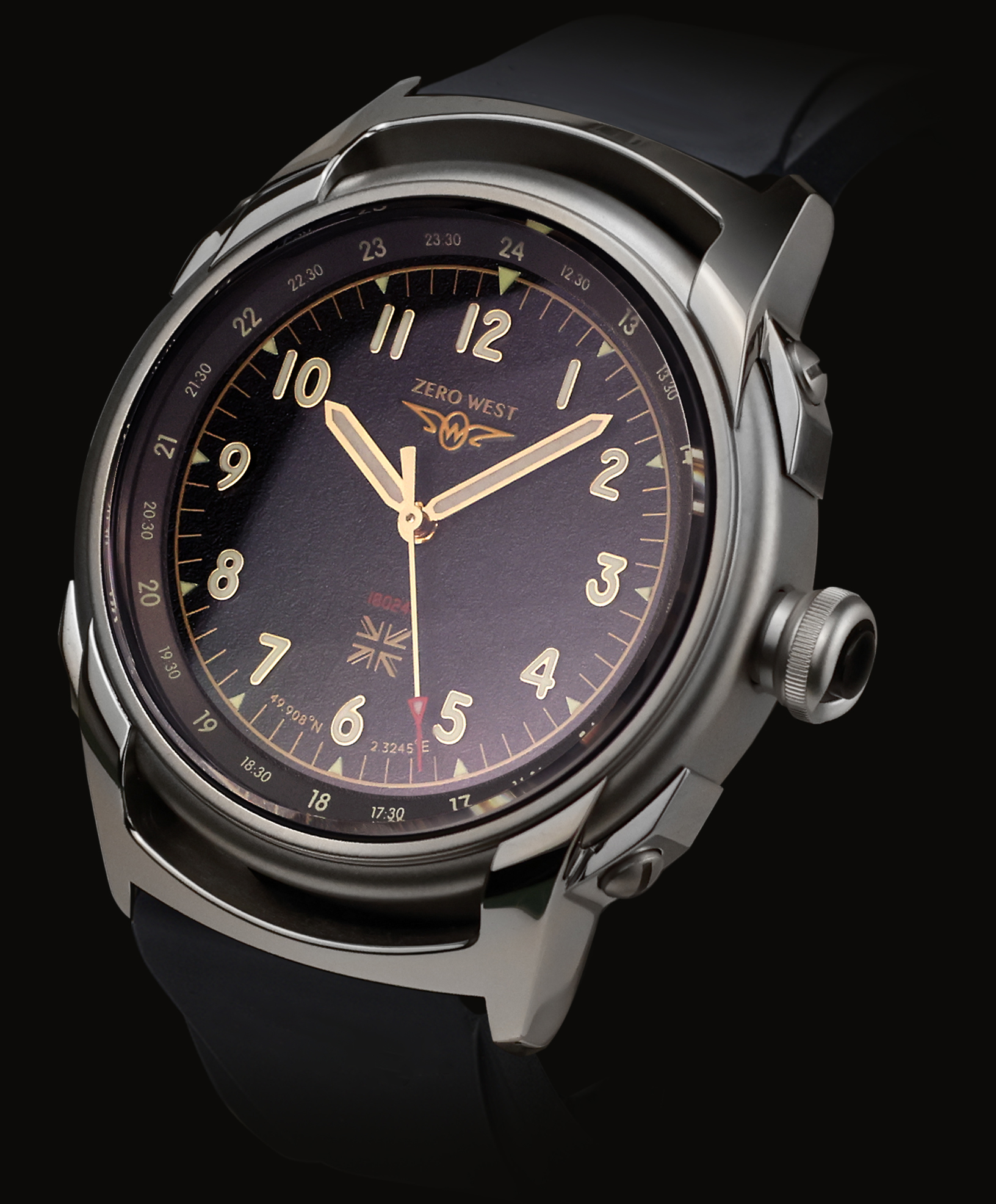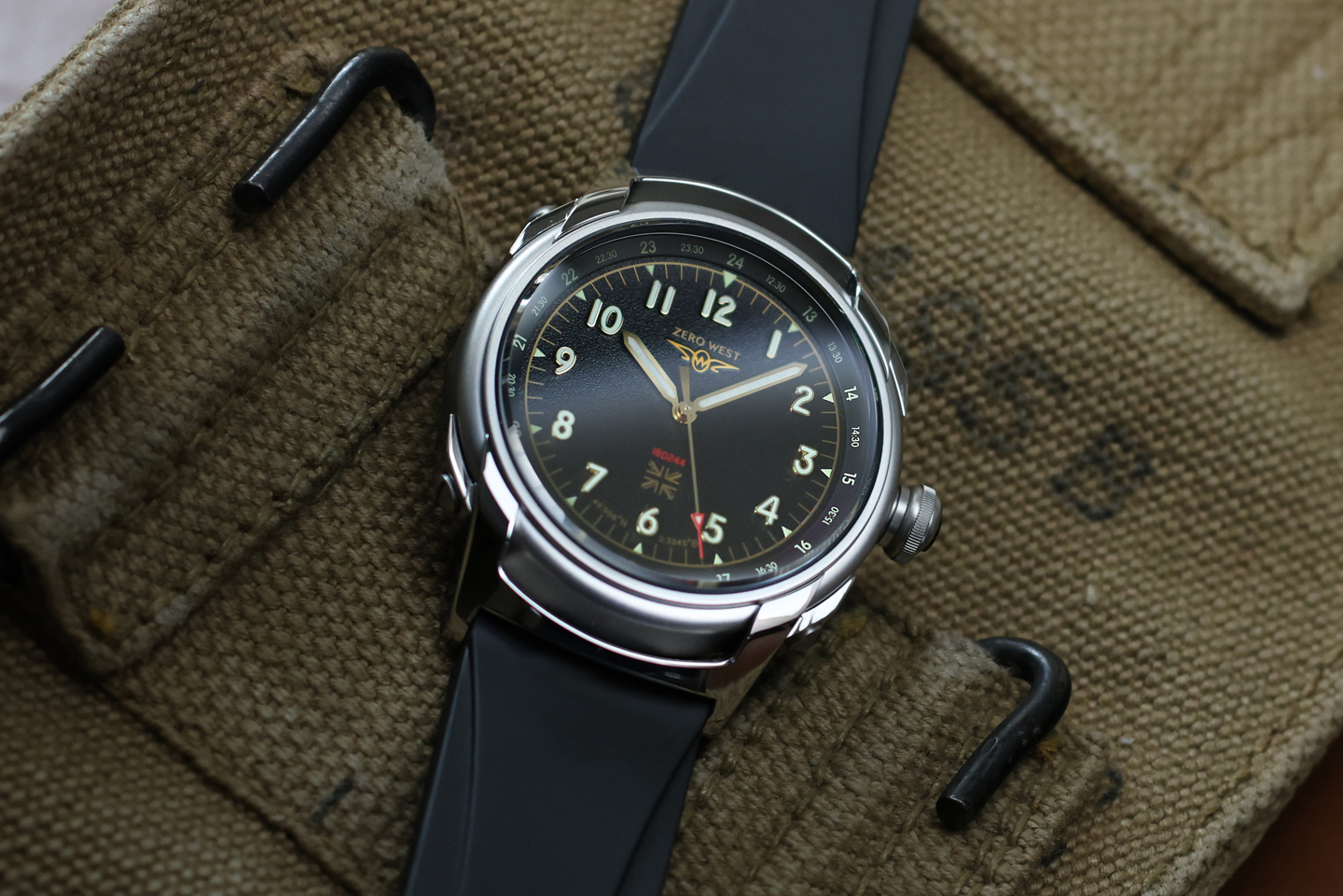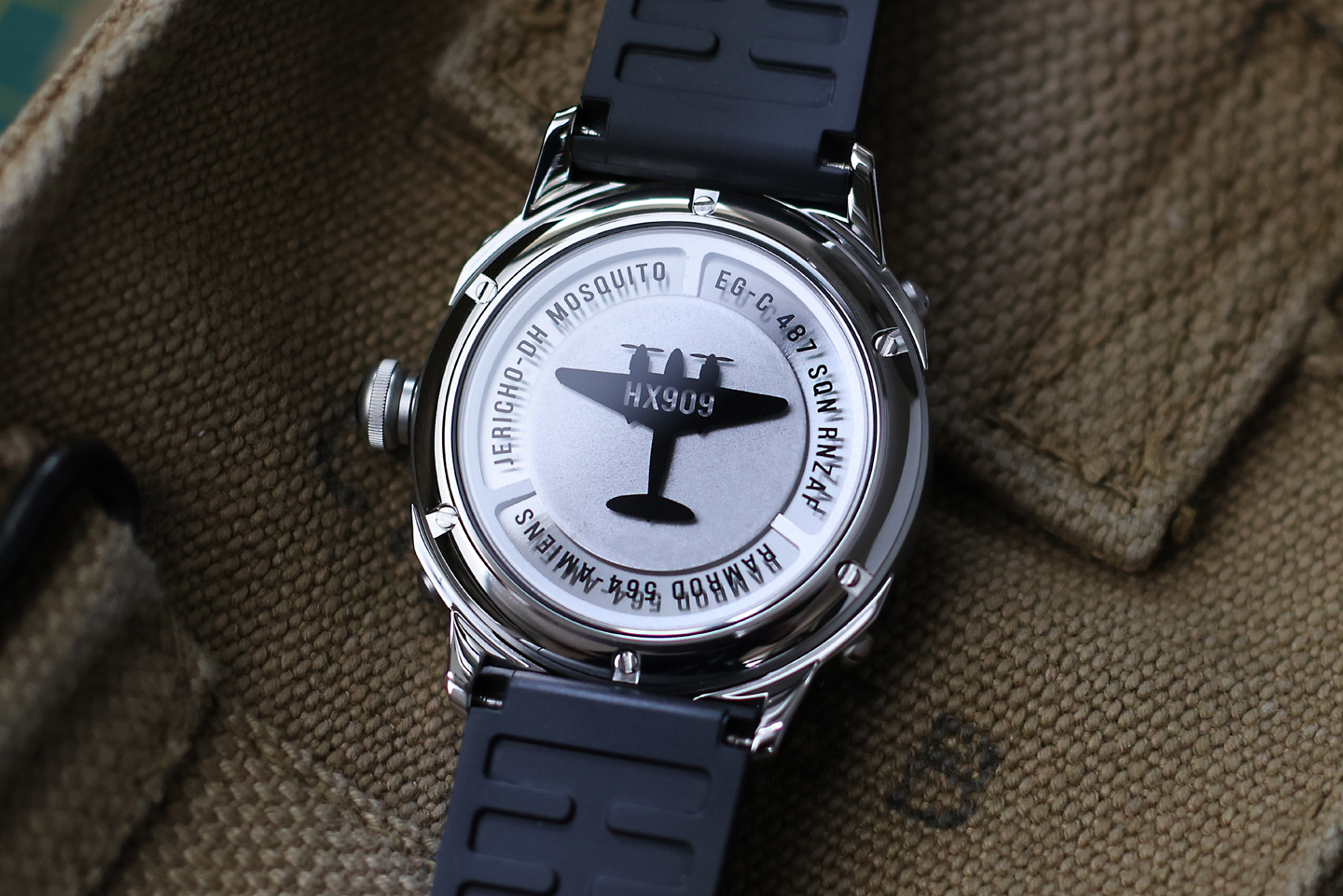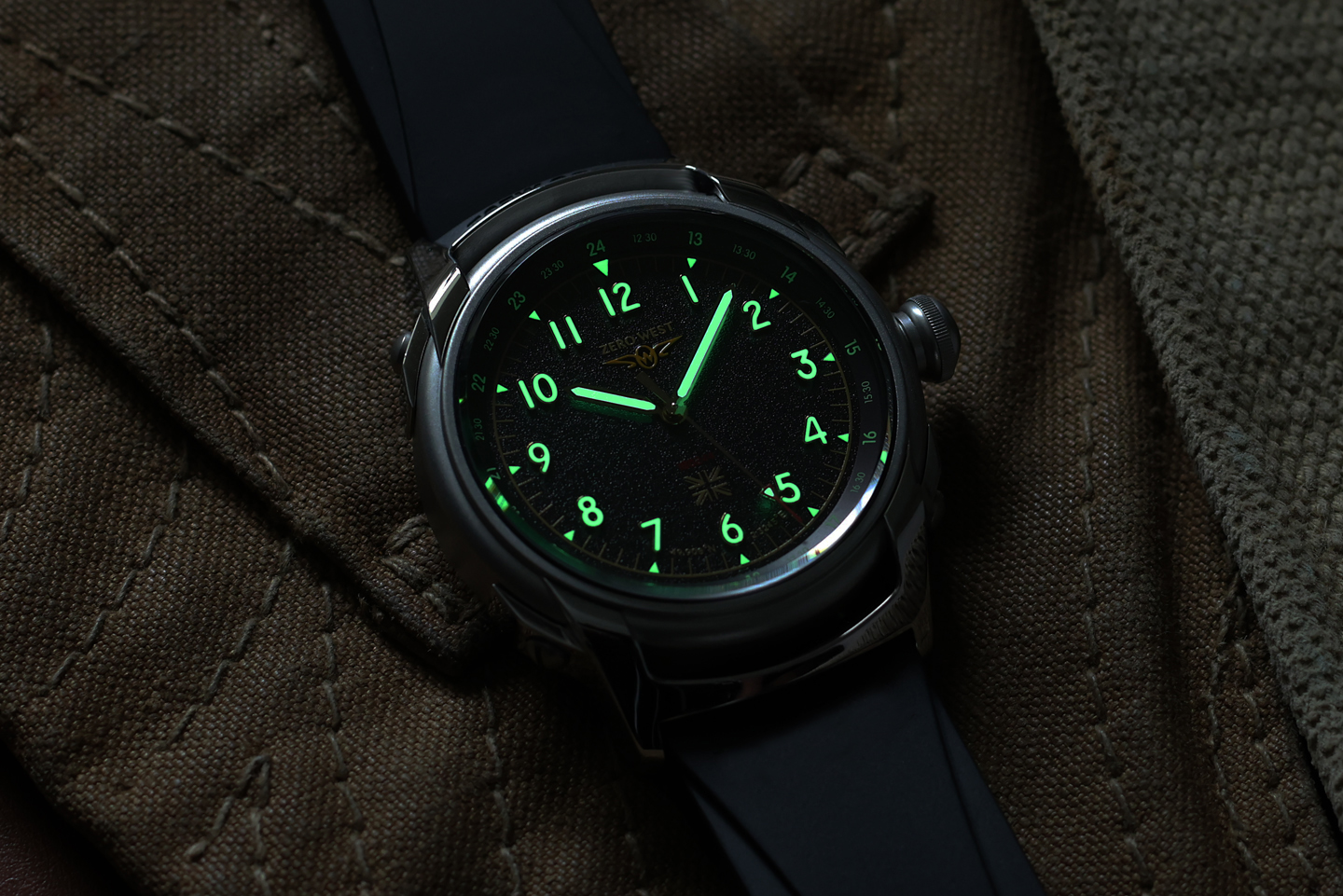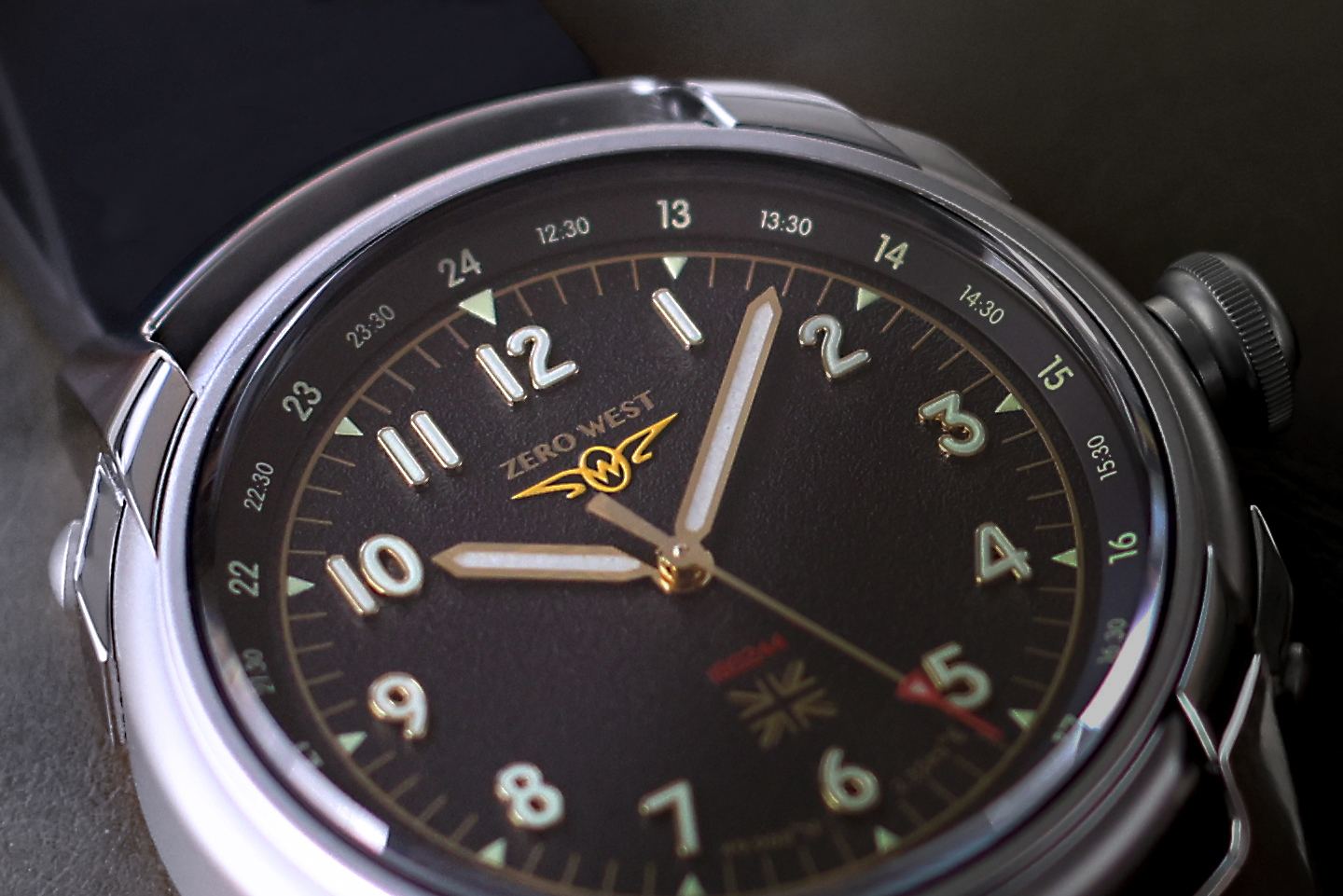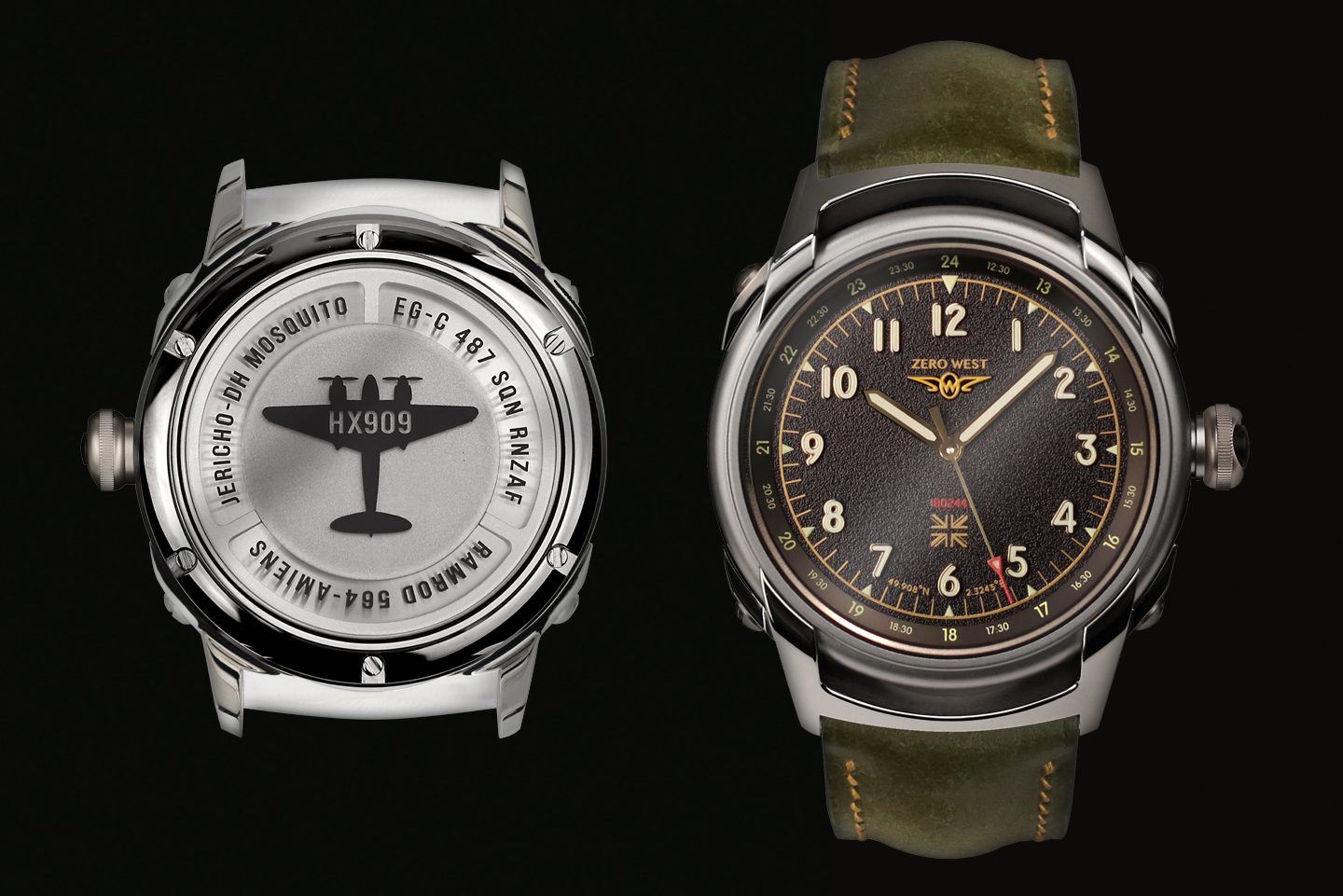Design Attributes
- Latitude and Longitude reference Amiens Prison
- Date code references Operation Jericho (Ramrod 564)
- Dial design takes design cues from vintage aviation timepieces
- Matt silver stainless steel exhibition back displaying a steel disc repurposed from Mosquito HX909. This is set beneath a reverse-printed sapphire crystal
Case
- 41mm diameter, Matt Silver #220, 316L stainless steel billet
- Match machined & polished stainless steel DSL lugs
- Matt silver stainless steel exhibition back
- Water resistance: 10ATM (100m)
Main Crown
- Matt silver finished screw crown, modelled on the joystick gun platform fire button. 316L stainless steel with triple seal technology
Crystal
- Front: Custom sapphire glass with anti reflective coating
- Rear: flat sapphire glass with reverse printed graphic
Movement
- Sellita SW200-1 ‘Top Premium Grade’
- 28,800vph
- 26 jewels
- Self-winding ball bearing rotor
- Power reserve ~41 hours
Dial
- Black textured enamel over brass substrate with vintage brass coloured applied 3D numerals with in-filled SuperLuminova X1 luminous pigment
Hands
-
Brass coloured baton style coated with SuperLuminova X1 luminous pigment.
- Brass coloured sweep with red diamond tipped pointer with in-filed SuperLuminova X1 luminous pigment.
Dimensions
- 41mm diameter
- 13.5mm thick
- 22mm lug width
- 46mm lug to lug pin spacing
Strap
-
22/20mm Zero West custom Military and aerospace grade cross-linked fluoroelastomer rubber. 1 fixed and 1 sliding keeper
-
Reverse sculptured relief
-
Matt finish
- Polished buckle with engraved ZW logo
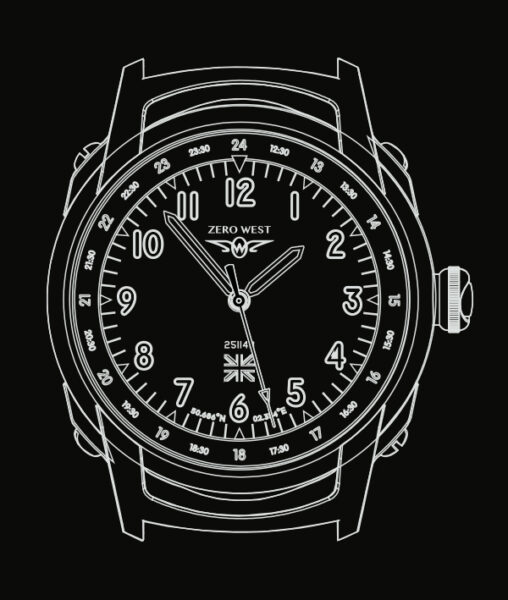

TIME: 18/02/1944 – PLACE: 49.908°N 2.3245°E
OPERATION JERICHO
Operation Jericho was an audacious, low-level daylight raid by the RAF on Amiens Prison, 18th February 1944. Top Secret, the mission, codenamed Ramrod 564, would rely on precision bombing to blow the high prison walls and free 120 French resistance patriots due to be executed.
The mission was urgent, the executions were imminent. RAF Second Tactical Air Force (2TAF) under Air Vice Marshall Basil Embry were tasked with creating a plan in just 8 days. His plan aimed to breach the high walls in two places, destroy the guardhouse and blow the prison at both ends. To succeed the operation would need three things: pilots skilled in low-level daylight bombing, aircraft designed for speed and manoeuvrability, and an exceptional leader.
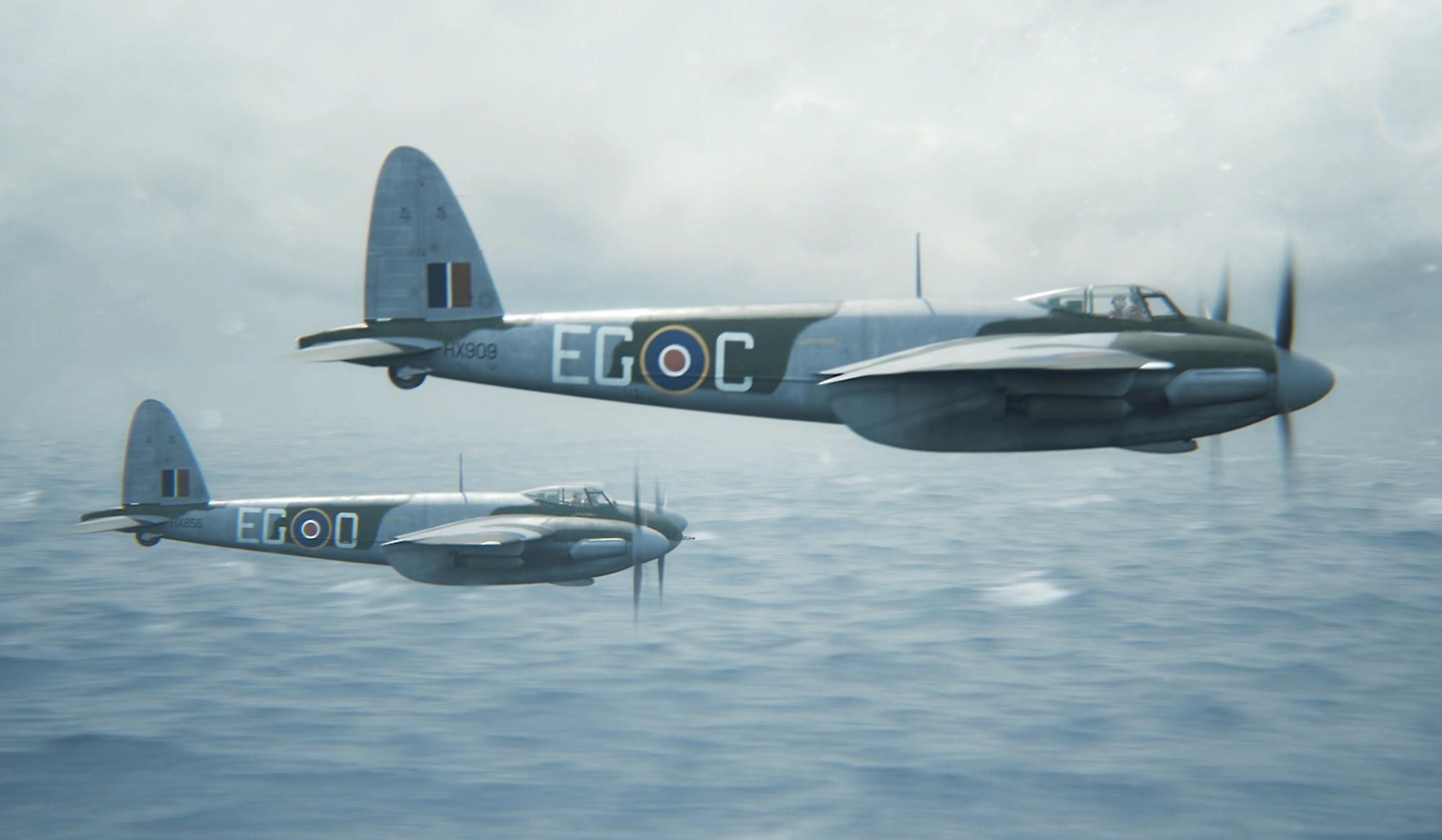
The de Havilland Mosquito DH.98 FB Mk VI was the plane of choice. A fighter-bomber, fast, light and proven for surprise intruder strike attacks. The mission leader was Group Captain ‘Pick’ Pickard DSO DFC. A national hero, who at just 28 years old had received the DSO three times. Greatly experienced, he had a reputation for being composed under fire. He would lead the pilots of 140 Wing. Carefully chosen, they comprised of Mosquitos flown by New Zealand, Australian and British personnel from 487 Squadron (RNZAF), 464 Squadron (RAAF) and 21 Squadron (RAF).
The Amiens Prison raid was an extremely difficult mission. They needed to fly nearly 100 miles across the English Channel at just 50ft above the water, to remain undetected by radar. They also needed great speed (250 mph) as just a few miles from the prison, the German Luftwaffe held a crack squadron of Focke-Wulf Fw 190 fighter planes.
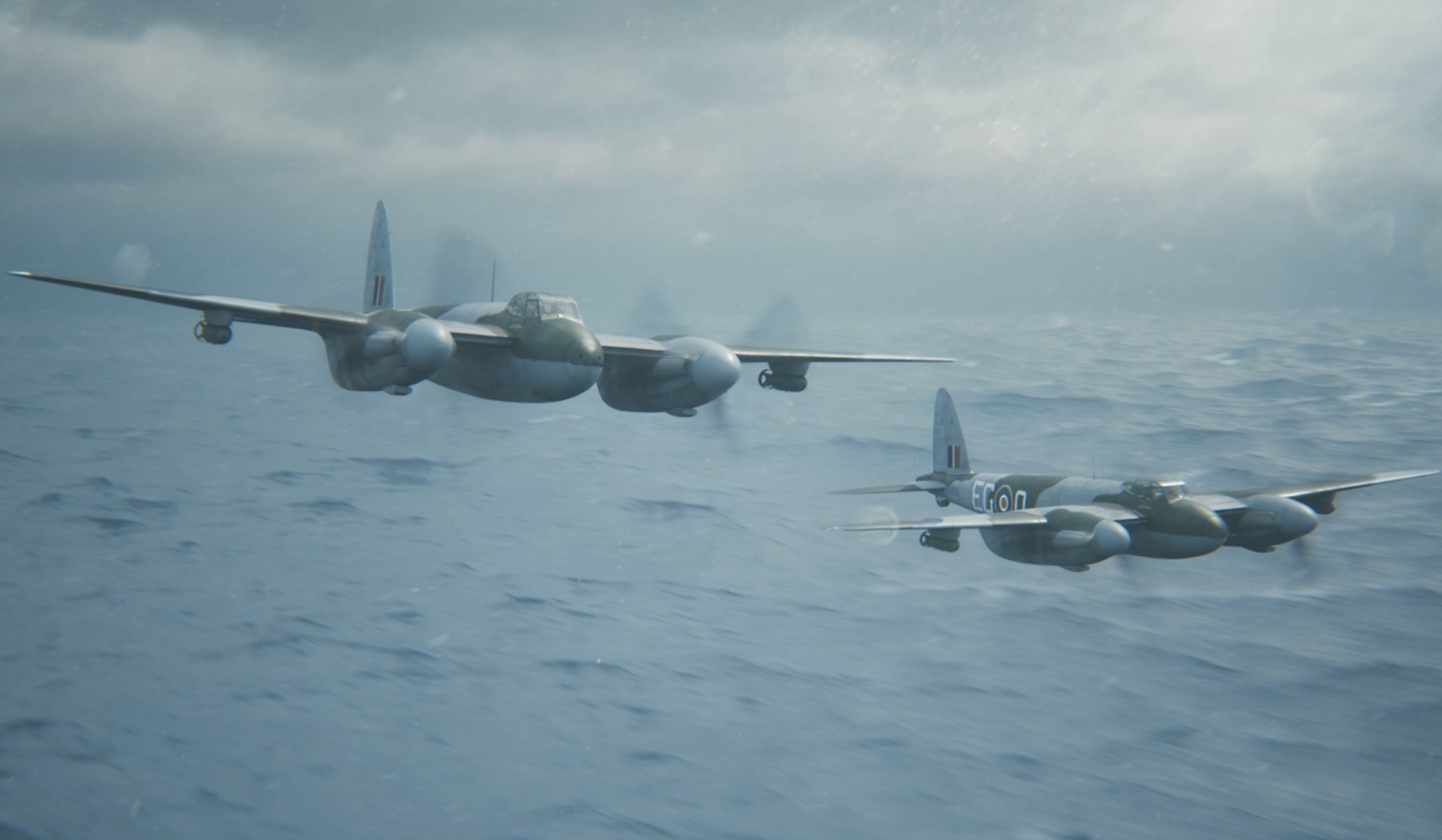
On 18th February 1944 a storm was brewing on the northern coast of France. The blizzard reached England, creating almost impossible flying conditions, but this was a life-or-death mission and Pickard’s team agreed to take the chance. 19 Mosquitos took off into the storm, staggered in 3 waves of six, with a photo reconnaissance Mosquito to record the attack. Timings and bombings had to be precise, and the first wave just 3 minutes behind schedule reached the prison at 1203 hours, planned to coincide with German guards’ lunch.
THE PLAN:
First wave (1200 hours): Six RNZAF Mosquitos to blow two holes in the north and east outer walls.
Second Wave (1203 hours): Six RAAF Mosquitos to attack the German guardhouse from the east.
Third Wave (1213 hours): Six RAF Mosquitos in reserve. To be used in the event of mission failure.
Armed with 4 x 500 lb bombs with 11 second time-delayed fuses, P/O Darrall and P/O Stevenson flew HX909 incredibly low just above the channel. The skies began clearing as they crossed the French coast and they hugged the snow-blanketed fields, barely missing trees and power lines. For Stevenson, navigating at such a low altitude was a difficult task yet familiar, and he searched for landmarks, eventually reaching the long straight road, Route d’ Albert, that he could follow all the way to the distinct cross-shaped prison. Darrall and Stevenson flew with the first wave of Mosquitos, tightening up wing-tip to wing-tip, and attacked the prison at the lowest possible height, placing their bombs at the base of the walls. The first bomb from HX909 hit the north wall with a blinding orange-white flash and a blast of bricks and debris. The wall was breached!
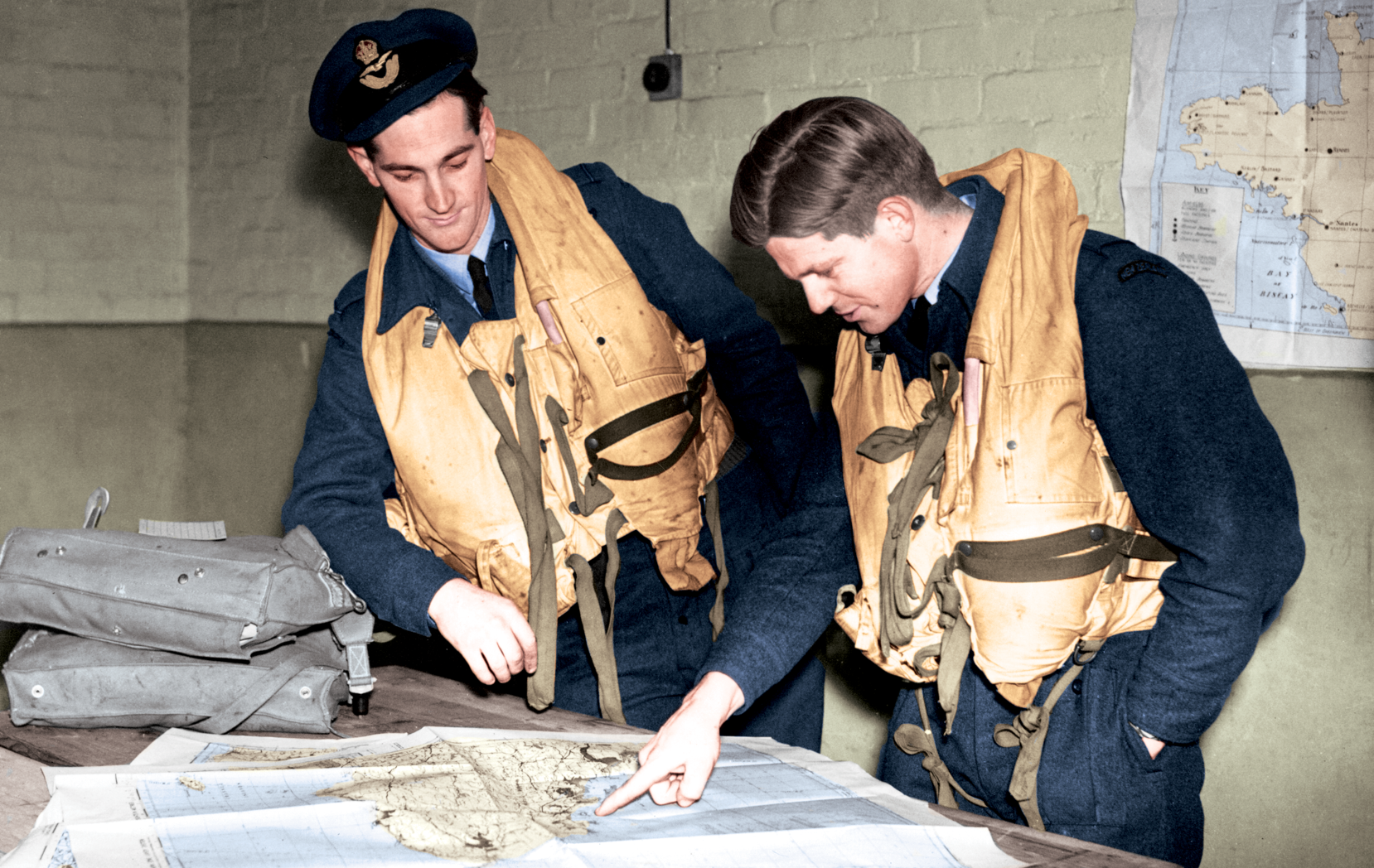
The first and second waves came into attack, proving that the Mosquito pilot-navigation partnership was some of the very best precision flying and navigation in the Allied Air Force. The German guards were caught by surprise and in the destruction and fire, the French patriots streamed out into snow-covered fields. Against the odds the Mosquito Squadrons had successfully completed their mission.
Dodging flak on the way home, the formidable Mosquito pilots would unknowingly enter wartime legend.
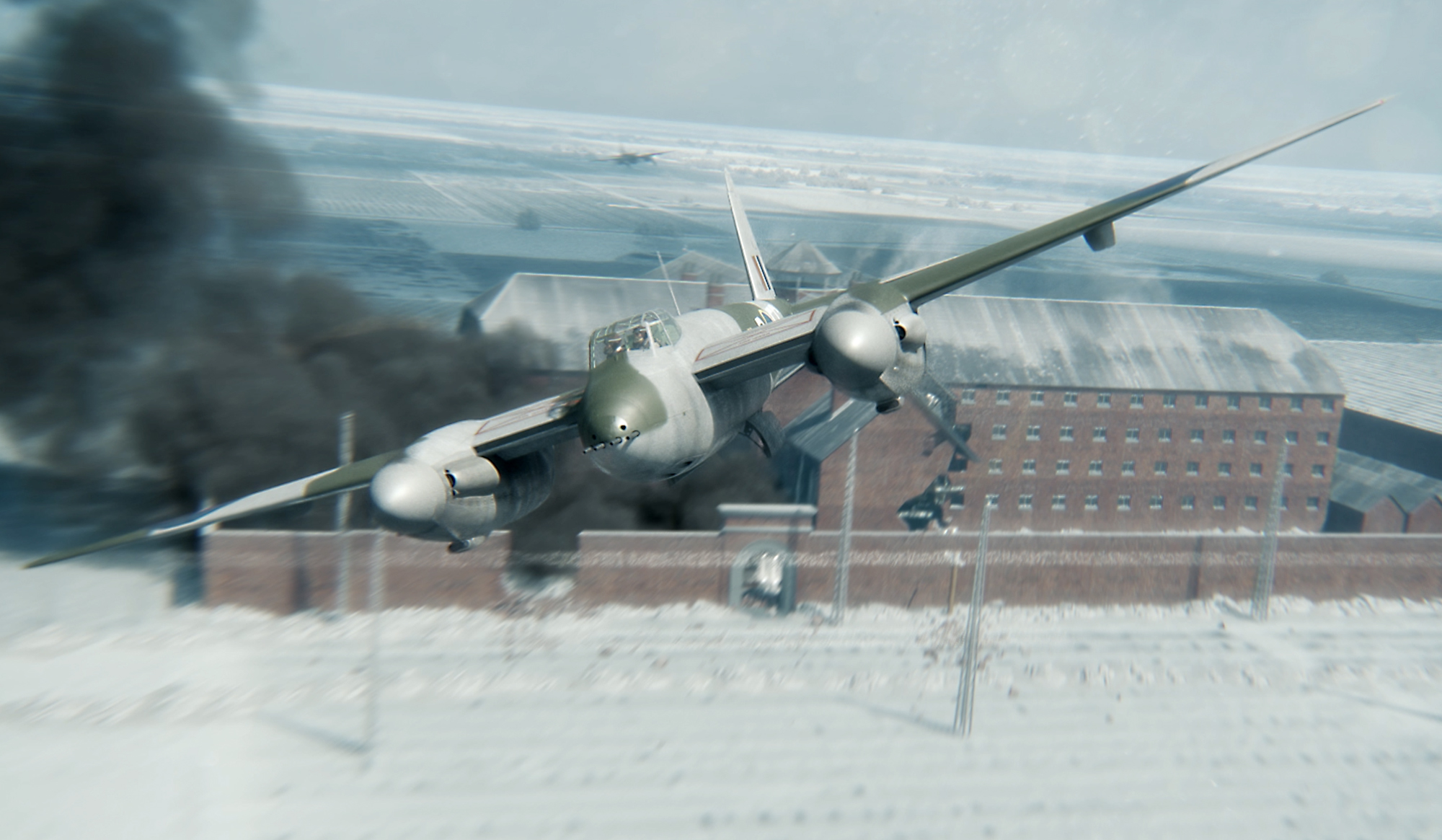
But there was a greater plan afoot linked to the greatest air and sea invasion in history, D-Day? Time has passed and research suggests that Operation Jericho was far more than a prison break, it was an elaborate deception. After the raid, Nazi Germany quickly began to ask the question – why bomb a prison that has no military value? British intelligence spread rumour amongst collaborators and whispered the answer – British Agent… incarcerated in Amiens Prison… knows details of the Allied invasion of France. A communication line of deception was now open for ‘controlled leakage of misleading intelligence’ – and the Gestapo listened intently. It wouldn’t be long before they believed the imminent invasion of France would take place at Pas-de-Calais, protecting one of the most important dates and locations in WW2 history.
Normandy, 6th June 1944
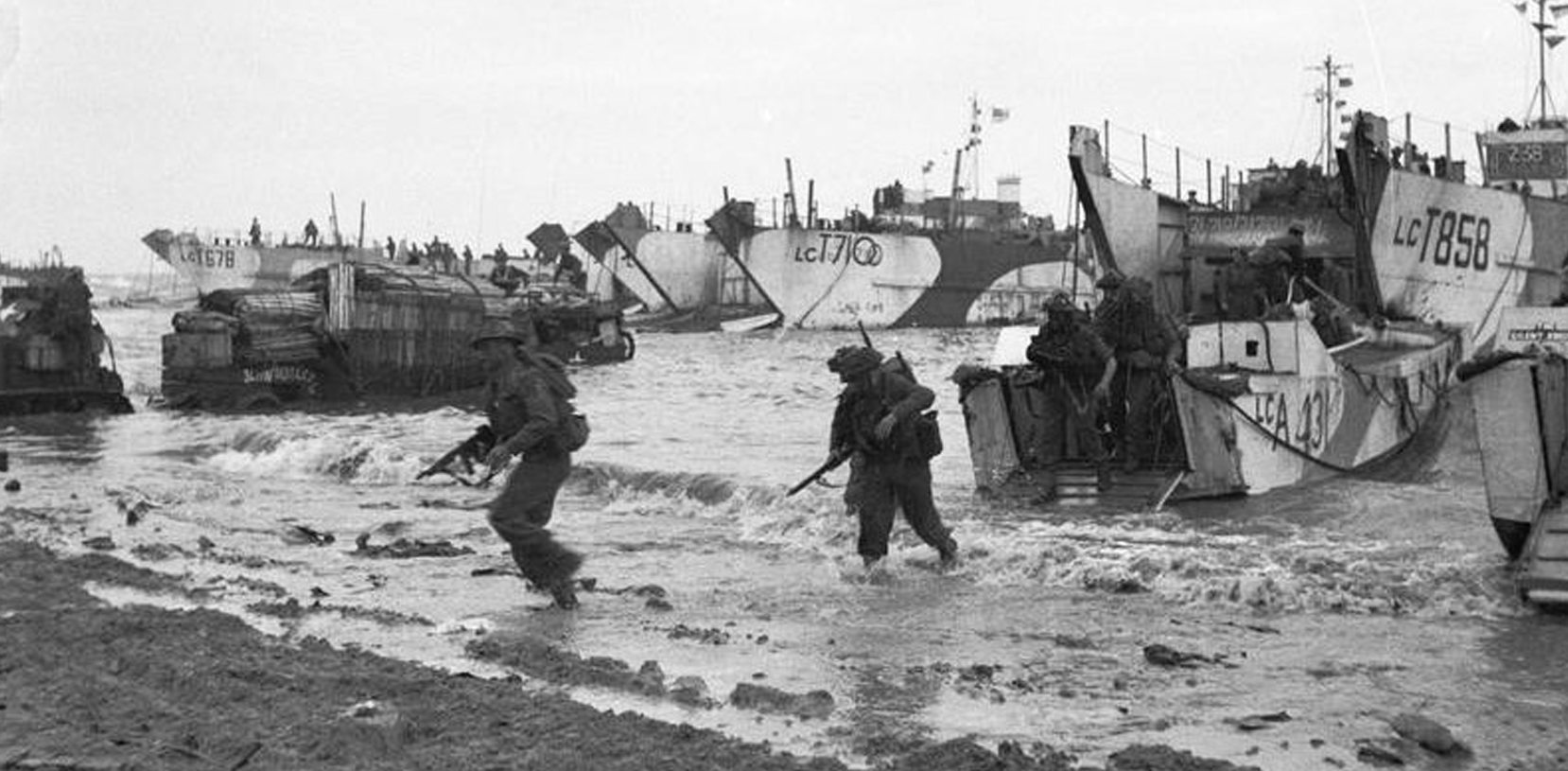
D-day – British Forces during the Invasion of Normandy 6 June 1944. Commandos of 47 (RM) Commando coming ashore from LCAs (Landing Craft Assault) on Jig Green beach, Gold area, 6 June 1944. Used under IWM Non Commercial Licence
MOSQUITO HX909
HX909 was a Mosquito FB Mk VI fighter-bomber built for intruder strike missions. It had a top speed of 378 mph and in addition to carrying four 500 lb bombs, it had four 0.303 Browning machine guns in the nose and four Hispano 20 mm canon in its belly. Powered by two supercharged Rolls-Royce Merlin engines the Mk VI had a range of up to 1855 miles.

The DH.98 Mosquito was developed by Captain Sir Geoffrey de Havilland, a British aviation pioneer and aerospace engineer, in response to the British Air Ministry pre-war call for a twin-engine medium bomber. De Havilland firmly believed he could design a small but exceptionally fast, smooth-skinned bomber that was incredibly aerodynamic… and largely made from wood. It took some convincing the Air Ministry, but he suggested that not only would it be light and strong but manufacture would not be held up by any wartime metal shortage.

Sir Geoffrey de Havilland
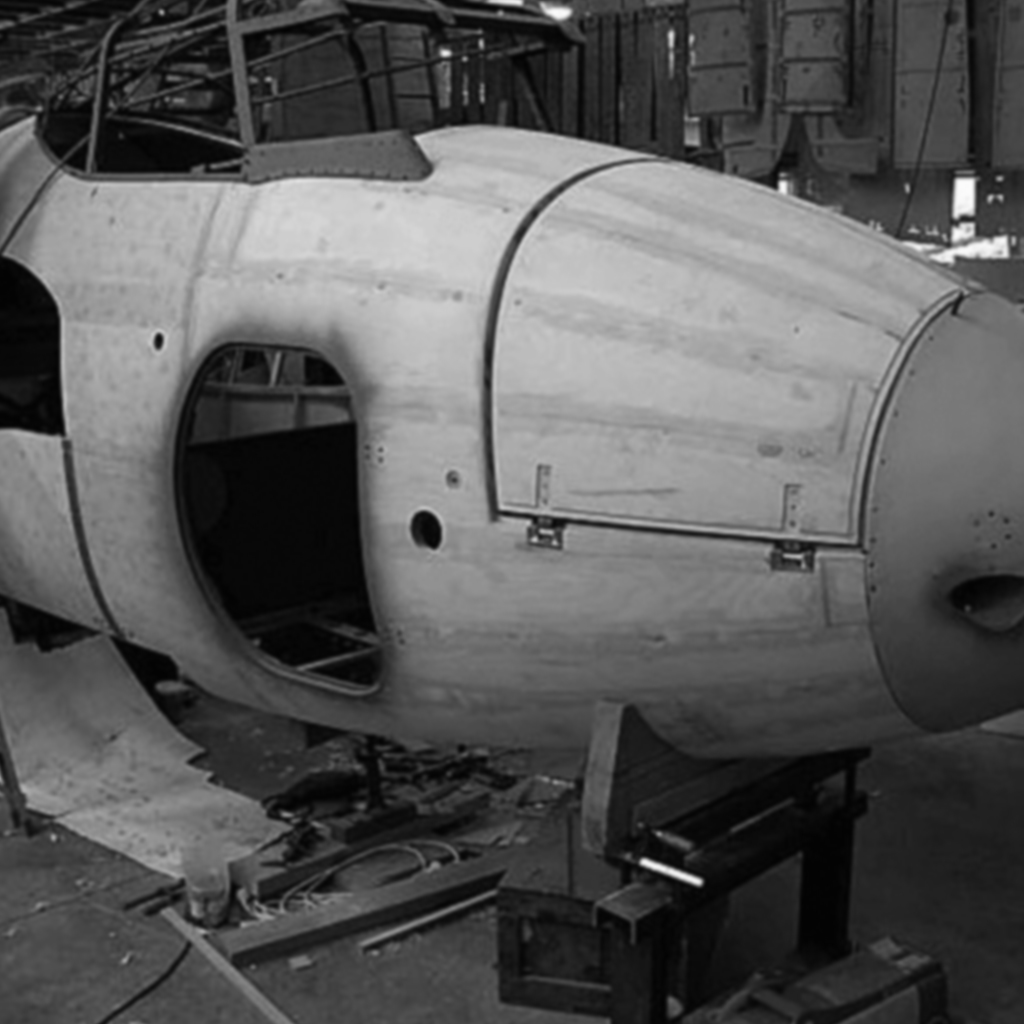
Wooden construction
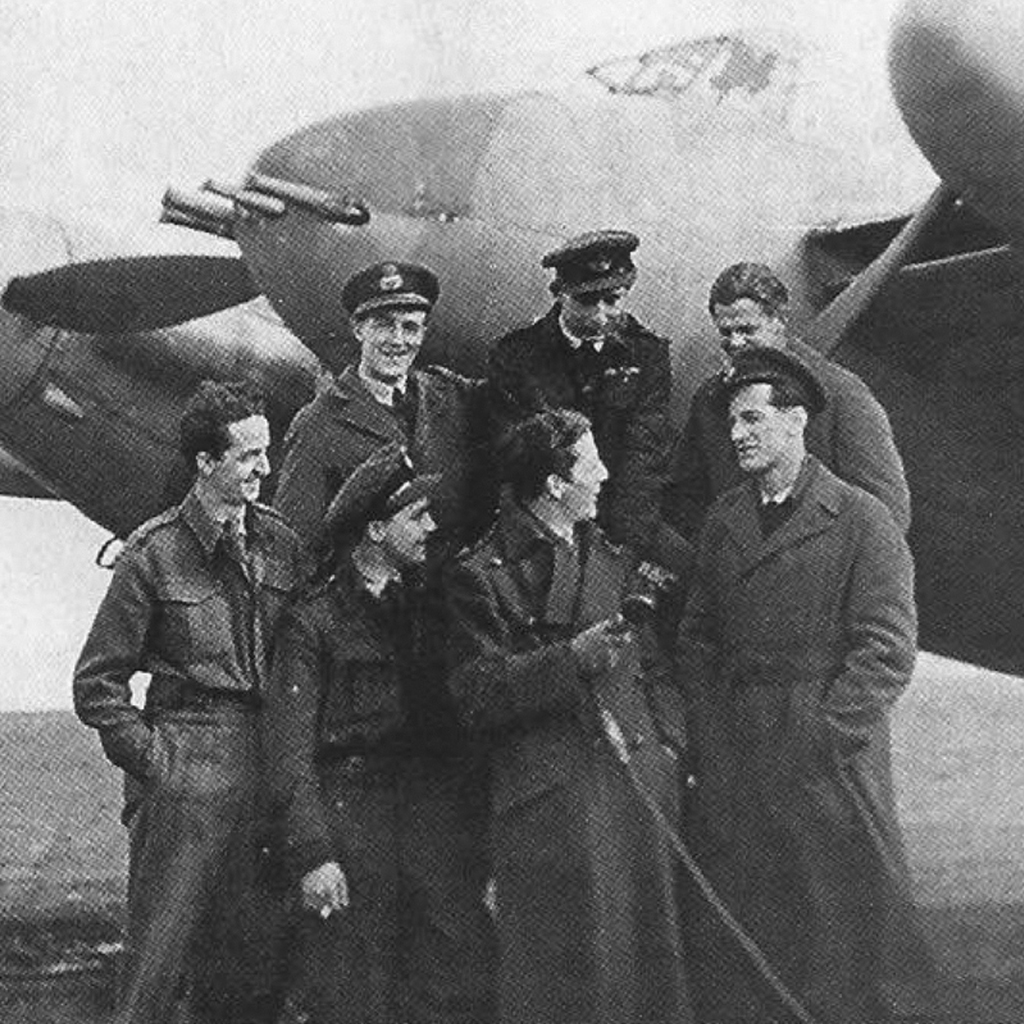
Aircrew from 487 Sqn
This was good foresight and paved the way for de Havilland’s innovative design based on speed and manoeuvrability. His great belief was that the Mosquito could be faster than enemy fighter planes. Stripped down to the essentials, it was initially built without armament and needed just a two-man crew. Like all great innovators, his design went against the traditional thought that all bombers should be heavy and well-armed.
The addition of machine guns and canon was a compromise with the Air Ministry but this enhanced the Mosquito as a truly versatile fighter-bomber (FB). Specialising on strike missions, Mosquito targets included enemy V-bomb launch sites, power stations, communication centres and Gestapo HQs.
Its versatility, speed and bombing capability made it the perfect choice for the raid on Amiens Prison.
MEN BEHIND THE MISSION
Every daring mission needs an exceptional leader. Operation Jericho found one in Group Captain Pickard. Already a national hero after featuring in a British RAF propaganda movie, Pickard was an experienced precision bombing pilot with over 100 missions in 4 years to his credit. He was awarded three DSOs and a DFC. First-hand he had witnessed the bravery of the French resistance while landing on remote airstrips to drop off SOE agents.
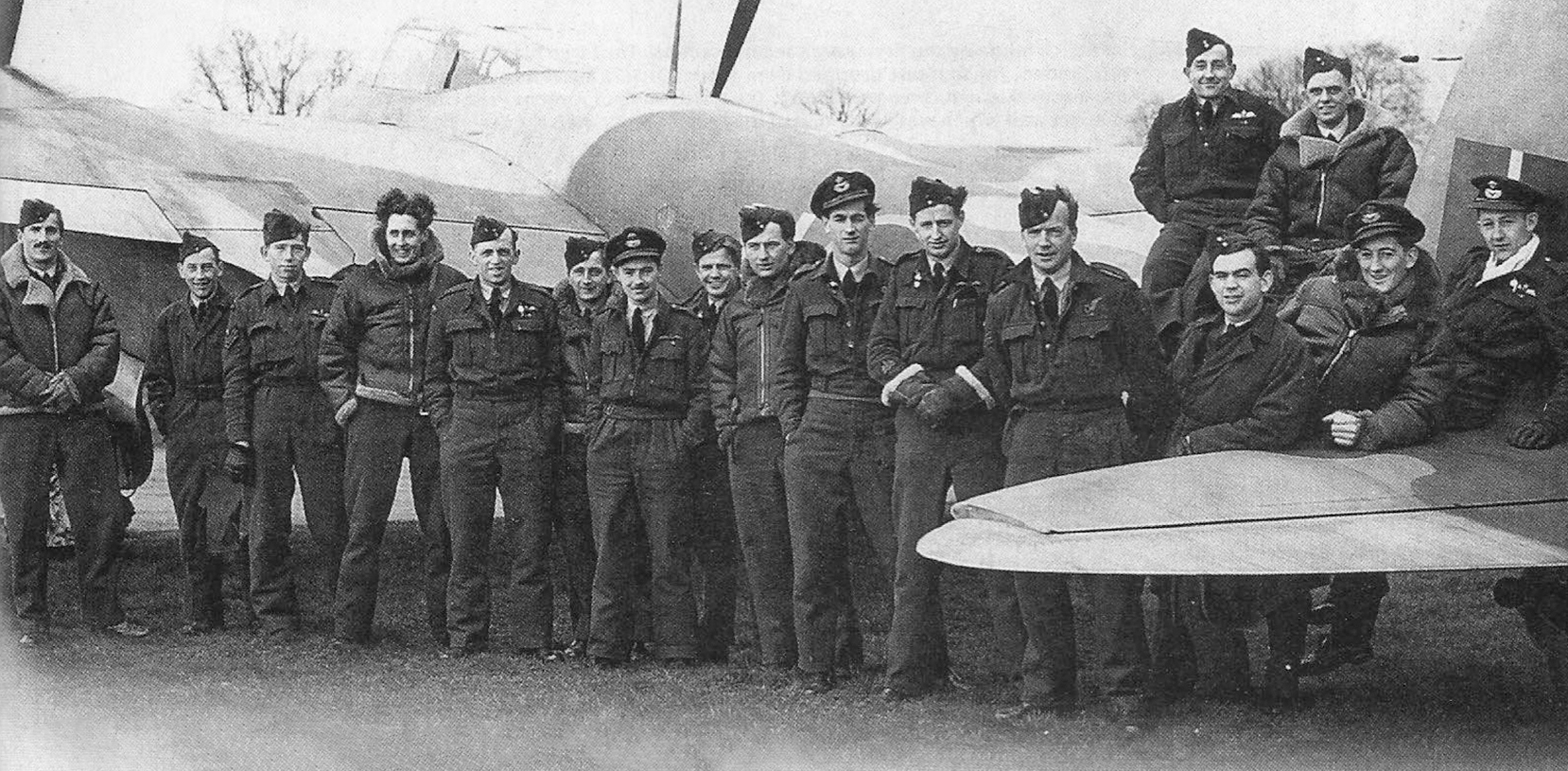
Mosquito HX909 (EG-C) was part of the first wave of 6 Mosquitos to attack the prison, flown by Pilot Officer Merv Darrall accompanied by his navigator and close friend, Pilot Officer Fred ‘Steve’ Stevenson. These brave New Zealand pilots, from the RNZAF 487 Squadron, began training on Tiger Moths and Cessna Cranes in September 1941 before receiving their wings in April 1942. Inseparable, they served the entire war flying together, a friendship that became incredibly tight and would last a lifetime, enhanced by the intensity of wartime combat. They first flew Mosquitos in September 1943 and became a formidable pilot-navigator team whose expertise was fast, low-level precision attacks
MATERIAL
Unlike many of the iconic planes from WW2, the Mosquito was primarily made from wood, one reason why 80 years later only five planes remain airworthy today. For us at Zero West to be offered some rare material, steel from the Merlin engine crankshaft of HX909 that flew in the daring Amiens raid, is something truly special. Its origin was the Fort Perch Rock museum in Liverpool who have a reputation for preservating and showcasing military and aviation history.
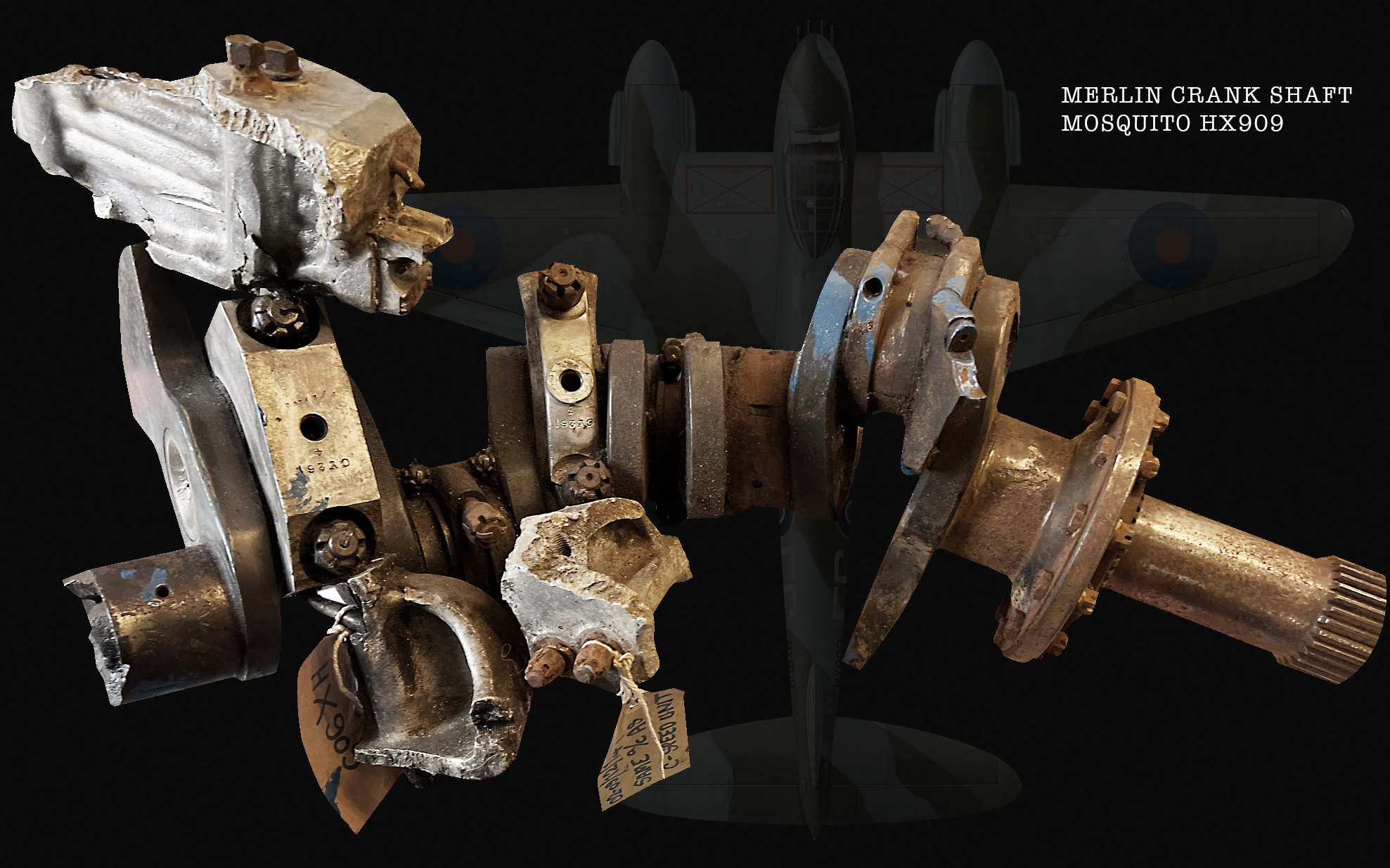
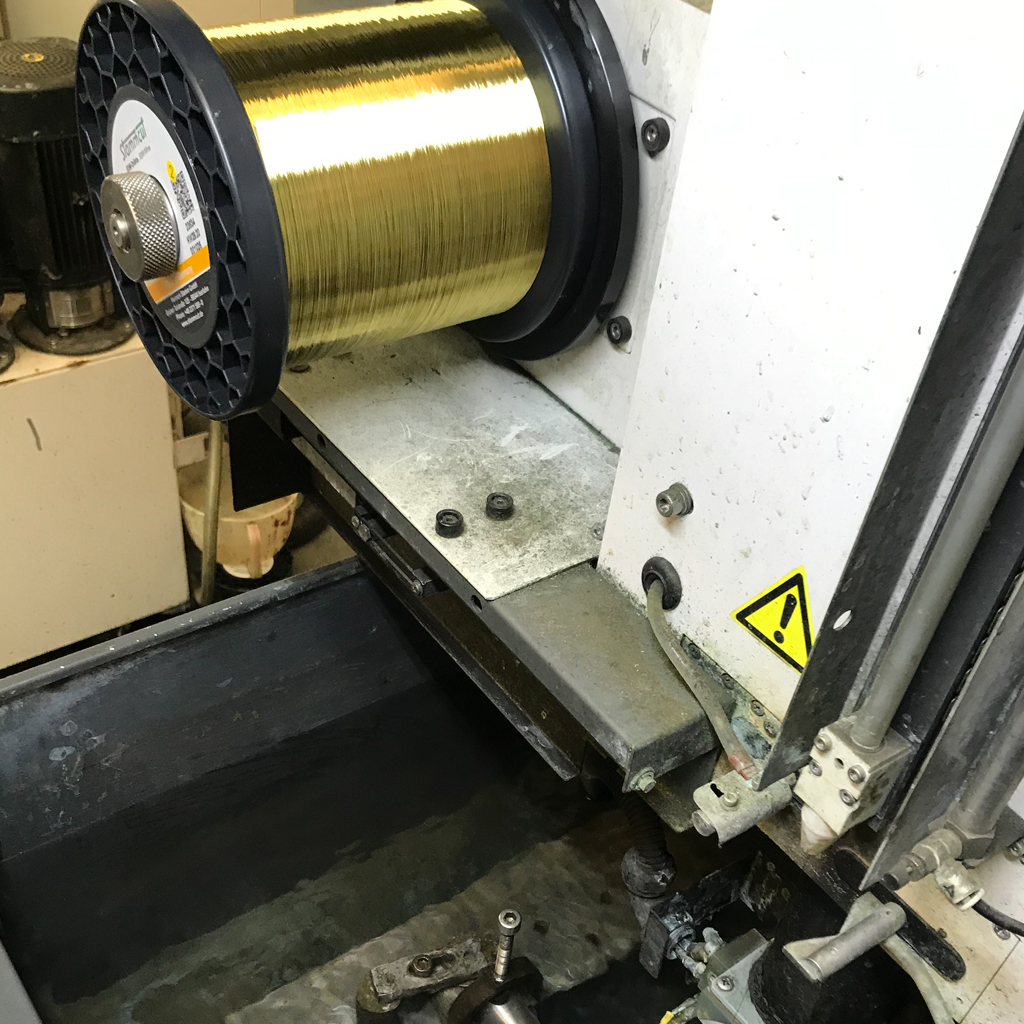
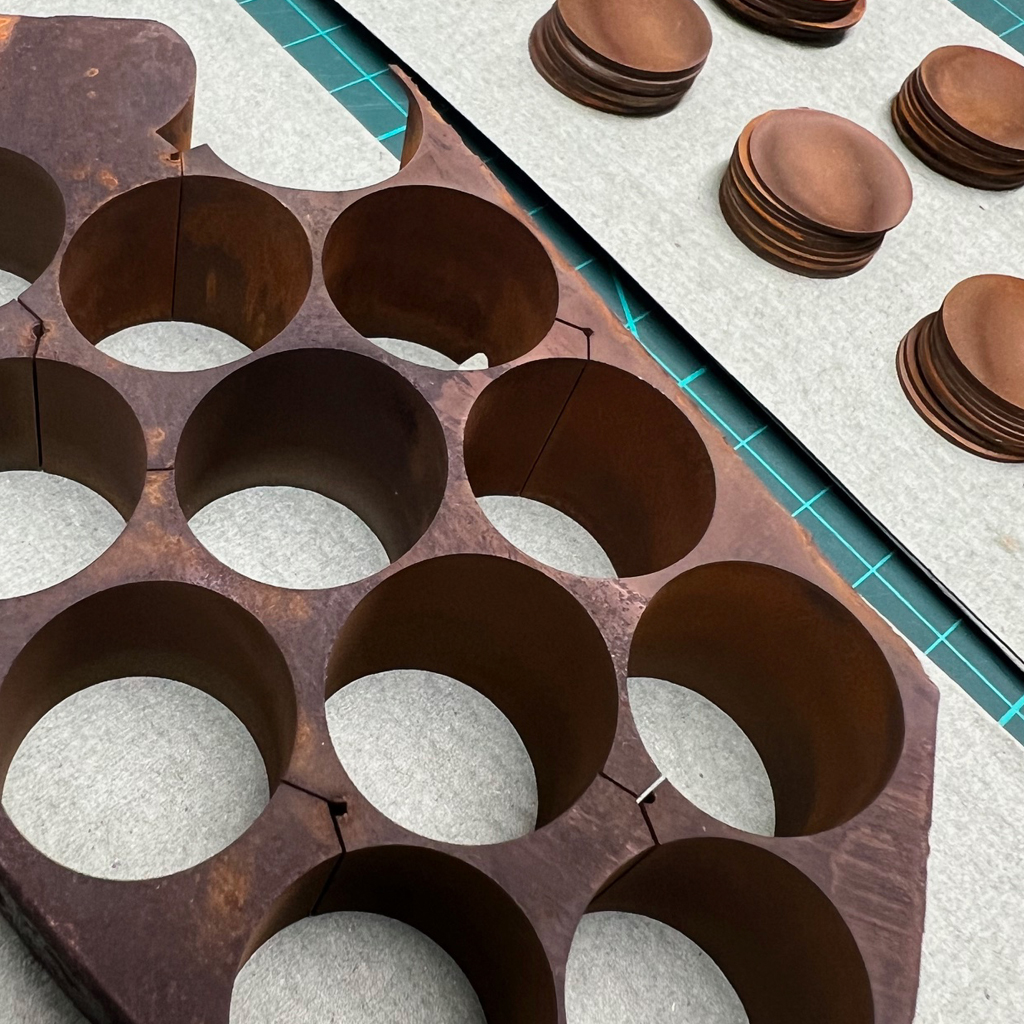
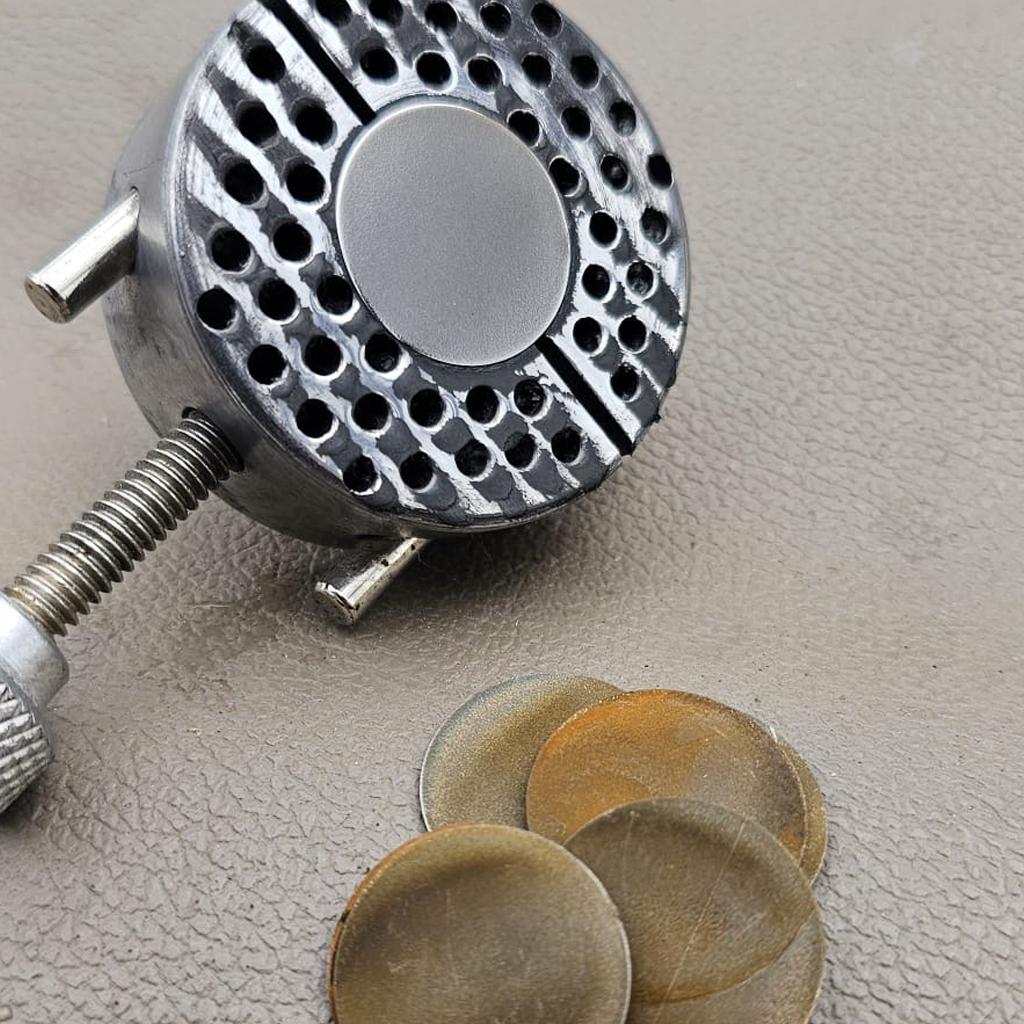
The steel discs created for our limited edition timepieces have been specialist wire eroded from the Rolls-Royce Merlin engine crankshaft, using a 25 micron fine wire technique with the parts immersed in an electrolyte. Current has been passed through the wire which is precision guided to erode cut the precious crankshaft metal ensuring minimal waste.
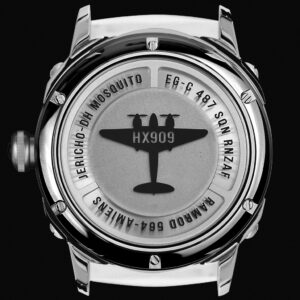
ONLY 100 BUILDS

